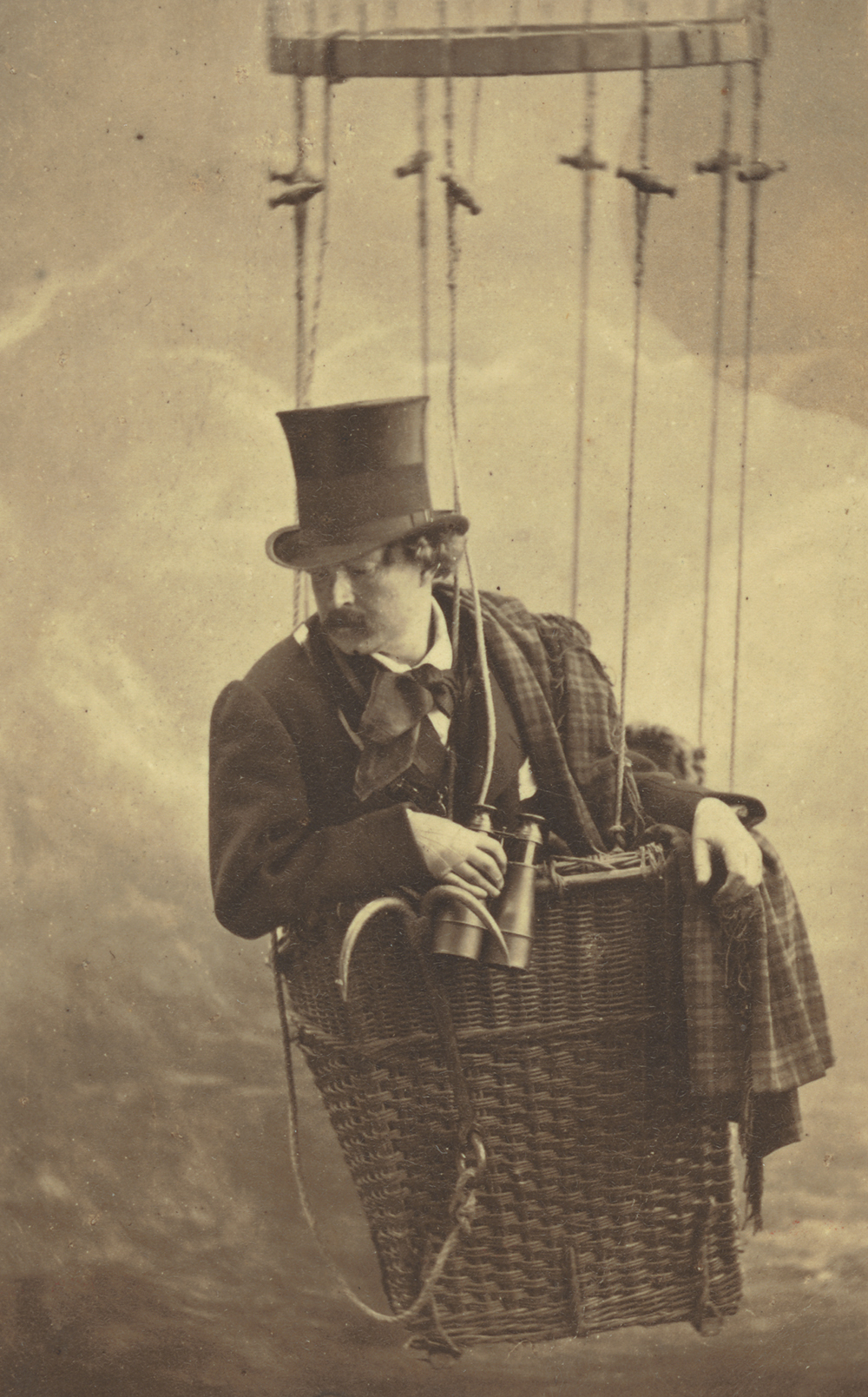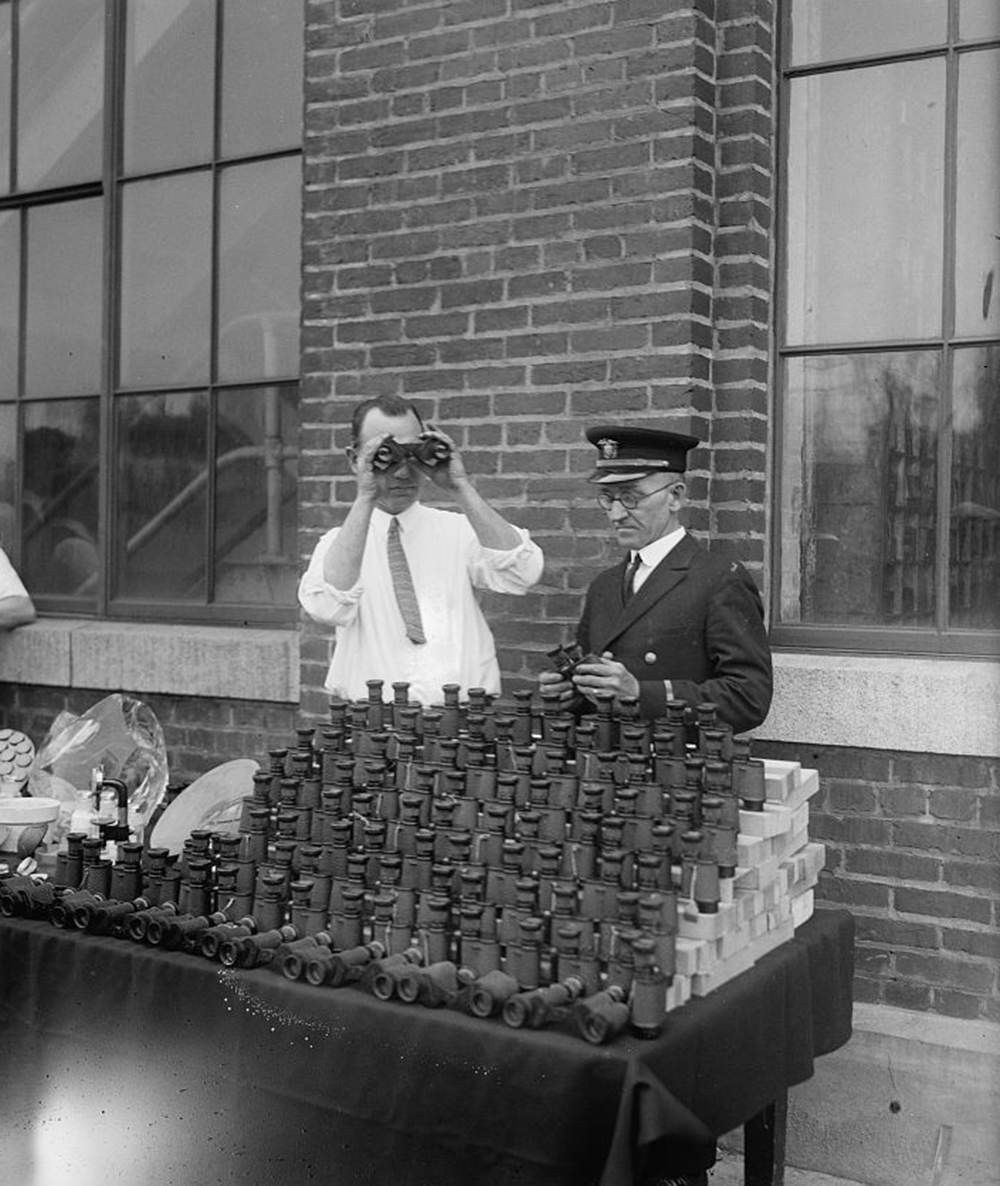
The Ballet from “Robert le Diable”, by Edgar Degas, 1871. The Metropolitan Museum of Art, H.O. Havemeyer Collection, Bequest of Mrs. H.O. Havemeyer, 1929.
Until the last quarter of the nineteenth century—when growing corporate and state power as well as new citizenship claims would press the issue—privacy remained largely dormant as a public language.
At the same time, however, a more fulsome notion of the private sphere and its prerogatives was taking root. It trailed the evolving meaning of the word privacy itself. Privacy had once been considered a form of privation, implied by the Latin privatus and privare. Linked etymologically to selfishness—the love of one’s own private interests—as well as deprivation, the concept was undergoing a slow metamorphosis. Already by the turn of the nineteenth century, privacy carried far more positive connotations, unlike the similar terms of “alienation, loneliness, ostracism, and isolation.” Not simply the condition of being alone, privacy was coming to refer to a set of ideas about personal freedom and individual autonomy, an “inner uncoerced realm.” It denoted an interior sanctuary as much as an exterior, physical one.
This revaluation of privacy was linked to the emergence of the “home”—as distinct from the household or the physical house—as an idealized bourgeois realm of domesticity. Private property and the “affective private life of the family” became tightly linked across the nineteenth century. In architectural forms, prescriptive advice, and individual habits, there was new attentiveness to fortifying the borders between private and public arenas. The walls of the family dwelling symbolized these divisions, physically as well as psychologically. Well-off Victorians took active steps to guard their domestic affairs from prying, inventing back stairs for servants, for example. Etiquette manuals offered elaborate instructions for proper conduct on sidewalks and public thoroughfares, making an implicit but clear contrast to one’s conduct in the familiar, intimate sphere. And young women’s diaries testified to the labor involved in cultivating the private self, understood to be different from the roles one was called on to play in public society.
Writing in the 1960s, sociologist Edward Shils concluded that the third quarter of the nineteenth century was the age of privacy’s “efflorescence” in the United States. Finely tuned codes of respectability had by that point entered working-class as well as middle-class life, reinforcing a “sense of the inviolateness of what went on within the family.” Domestic privacy, he suggested, was newly valued and social enforced; curious neighbors—“Nosy Parkers”—were disparaged; and individuals erected barriers to being known by those outside the family circle. Legal protections for private property, along with the reigning ethos of economic individualism, Shils argued, underwrote and “helped stiffen a general regard for privacy.” This sort of privacy, very close to contemporary understandings of propriety, was not in any simple sense “private.” It was a social good, keyed to dominant norms. Private life, properly ordered, was the very foundation of public morality. Privacy as such was coming to play a new role in public life, with the “potential to promote or betray one’s moral self.”

Moralists of all kinds reinforced the message. The prominent minister Henry Ward Beecher, for example—his own alleged affair with a member of his congregation the object of avid press coverage in the 1870s—sermonized about the family’s “sacred right to privacy.” Were by chance an outsider to glimpse domestic intimacies, the reverend advised, “honor would require him to turn from them”; if such knowledge were “forced” on him, it “should be locked in a sacred silence.” Victorians, British as well as American, invested enormous resources in the project of insulating private affairs from the knowledge and view of outsiders. Even the shames of the household gained a new protection, as parents and siblings, cousins and aunts, guarded one another’s secrets—including shocking ones like homosexuality or interracial liaisons—in order to preserve family respectability.
Such respectability was found in its most distilled form in the good name of the head of the household. Legal scholar Susan Gallagher observes that much of the uproar about the popular press in the second half of the nineteenth century concerned less the behavior it exposes—sexual indiscretions in particular—than the “evil of public revelation” itself. This was because “command over public knowledge of a man’s domestic affairs” had become the very marker of bourgeois masculinity. Control over one’s reputation—a right, even, to be known as one wished—was a privilege to which only some citizens were entitled, however. Long after the Fourteenth Amendment secured citizenship for African Americans in 1868, protection from public exposure in the name of one’s dignity remained, in conception and in practice, a white man’s right.
With reputation its sign and propriety its watchword, the bourgeois privacy of the late nineteenth century was exclusive and patriarchal. It was also corporate, the male-governed family its proper locus. As such, its liberties and protections were distributed unevenly across the household. The domestic ideal displaced pre-Revolutionary legal remedies that wives and subordinates had once possessed, including redress against physical punishments for disobedience. Charlotte Perkins Gilman understood in her 1898 treatise on Women and Economics that honoring “private life” was not the same as honoring the rights of its participants, especially women and other dependents. She contended, “Such privacy as we do have in our homes is family privacy, an aggregate privacy; and this does not insure—indeed it prevents—individual privacy.” Nineteenth-century family and marriage law, two legal scholars concur, offered women “too much of the wrong kinds of privacy—too much modesty, seclusion, reserve, and compelled intimacy—and too little individual modes of personal privacy and autonomous, private choice.”

Because “aggregate” privacy was firmly aligned with the interests of the man of the house, a quest for individual rights within the family could easily be cast as a violation of his prerogatives. The woman’s suffrage movement met opposition on exactly these grounds. One senator who opposed the franchise for women equated it in 1881 with breaking in “through a man’s household, though his fireside…to open to the intrusion of politics and politicians that sacred circle of the family.” The U.S. Supreme Court in 1888 underscored the public benefits of this cordoned-off sanctuary for the male head of the household, tethering “the sanctity of a man’s home and the privacies of life” and “his indefeasible right of personal security, personal liberty, and private property.”
Privacy of this sort, profoundly marked by gender, class, and racial privilege, was by the nineteenth century regularly depicted as “the crowning achievement of polite, liberal society.” It was however, destined to be disrupted by that era’s technological and commercial achievements. A newly aggressive journalism was at the very center of the disruption. The impulse to peer into others’ affairs—an age-old feature of village life—had never actually subsided even during the high tide of domesticity and respectability. In the waning years of the century, however, it found a formidable ally in the popular press. Its bold intrusions, through the printed word and image alike, scrambled the neat Victorian compartmentalization of personal and public life, jeopardizing the careful management of reputation so valued by elites. New calls for legal rights to privacy at the end of the nineteenth century indicated that an established privilege in the form of mastery over one’s own affairs was under strain. The privacy of elite white men, it seemed, could no longer be assumed.
Some citizens welcomed, even sought out, the breakdown of old proprieties that accompanied incursions into previously private places. Others resisted. But the conflict itself laid the groundwork for modern claims to personal, rather than domestic inviolability. Privacy of a recognizably modern kind, build not on property but on personality, was born in this era—not fully possibly, perhaps, until it had been both individualized and endangered. Only under the glare of new forms of publicity would privacy become an overt and explicit category of American public life: an object to be argued over and a gathering place for a wide variety of political and social concerns. Elite citizens who attempted to fortify domestic privacy, starting with control over their good names, were among the first to make privacy a public cause. In the process, however, privacy lost some of its propertied foundations and gained a more psychological profile. It also slipped from the exclusive grasp of “men of reputation,” becoming the demand—if not yet typically the possession—of a wider band of citizens. Charges of privacy’s “extinction” in the late nineteenth century in this way launched its public career. In announcements of its end were the beginnings of a modern political claim.
Excerpted from The Known Citizen: A History of Privacy in Modern America by Sarah E. Igo, published by Harvard University Press. Copyright © 2018 by the President and Fellows of Harvard College. Used by permission. All rights reserved.